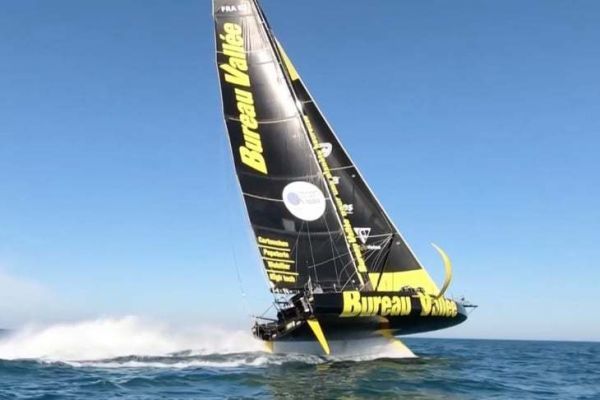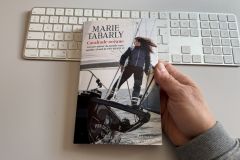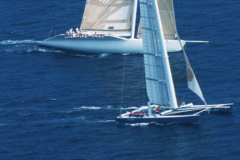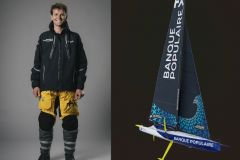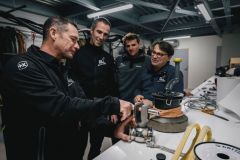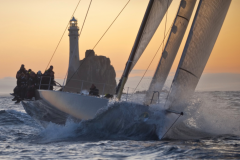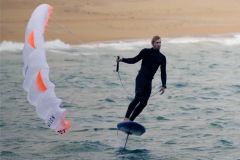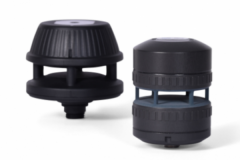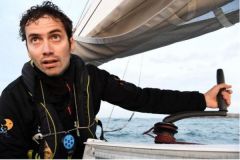Consensus, but different motivations
On October 20, 2023, the IMOCA Class passed a resolution banning the use of hydrofoils on the rudders of their yachts, at least until 2028. Ever since the Vendée Globe yachts were fitted with side foils, the debate has kept coming back to the table, all the more so since the latter are approaching flight and are no longer content with a simple addition of righting moment as in the 1st foil versions. While votes against foils largely dominated the vote, totalling 86 votes to 32 for the proponents, the reasons for this are varied. We asked Louis Burton, the only skipper to have tested the use of foils on the rudders of his IMOCA Bureau Vallée in summer 2021.
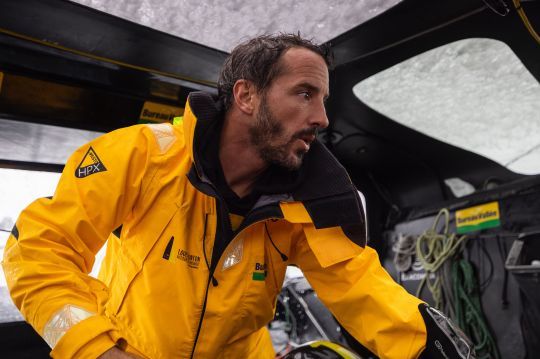
"There are several points of view and analyses that led people to vote against, but not for the same reasons, while those who supported them had a real consensus. Our boats already fly on 3 points: the leeward foil, the keel and the rear of the hull. The hydrofoil is more of a flight stabilizer, and a simple solution with no significant cost or need for major structural reinforcements, in our experience. You don't go faster at the top, but the average speed increases, but you fall back less, with less impact and less strain on the rigging."
Complex and costly alternative solutions
For Louis Burton, the chosen route does not solve the economic issue, opening the way for complex solutions for large-budget projects: "Before the vote on the load-bearing plans, there was a consensus that the use of rudders should not be limited to yaw management. So they can be used for lift, as Charal has already tried. So we're going to keep on looking for geometries to improve flight, which will be more expensive. The load-bearing plane on Bureau Vallée was only 0.12 m2 in size and pushed 200 kg, which is very little. It would not have been very complicated, as had been suggested at one time, to find a partly one-design system to manage them, leaving the appropriate surface area for each boat. The economic argument doesn't hold water. "
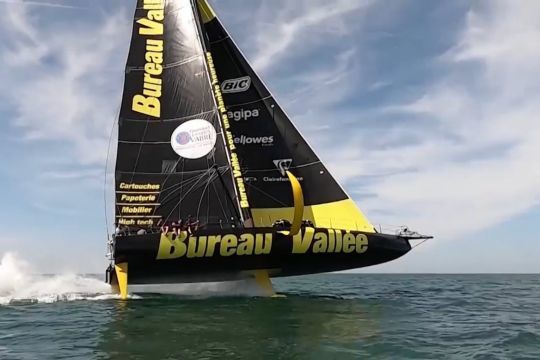
An argument for reliability
However, Louis Burton considers that certain arguments can be justified, particularly in relation to the image of the class and its reliability after the series of dismastings. "After several years, the one-design mast had enabled us to achieve an unprecedented rate of finishers on the Vendée. After a number of dismastings, it was decided to reinforce the masts and give it more structure for the 2025+2029 period. Some people wanted to regain this serenity, before trying out the load-bearing plans."
Despite this, the skipper from Saint Malo concludes that the choice of load-bearing designs will eventually result in boats that are more comfortable without being more dangerous: "With the multiplication of impacts, human and structural fatigue has reached very high levels. To be able to fly stably and reduce impacts by 85% is huge. The Vendée Globe is won by versatility, and you have to be able to sail archimedean, which means that even with load-bearing designs, we won't see boats arriving that are too typed just for flying. You need to be able to brake, but we know how to do that by retracting the foil."
